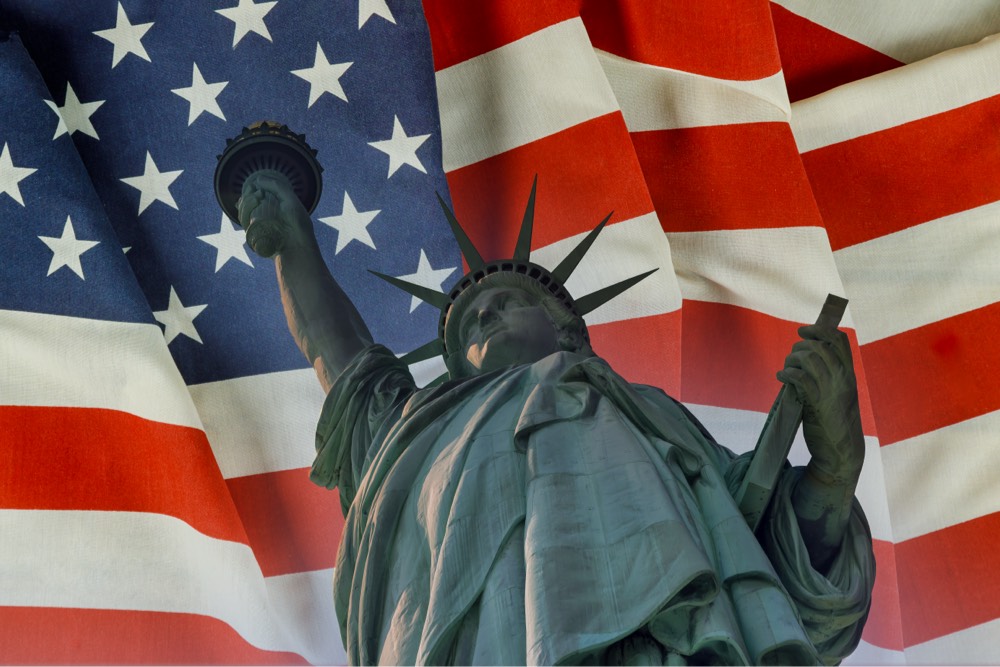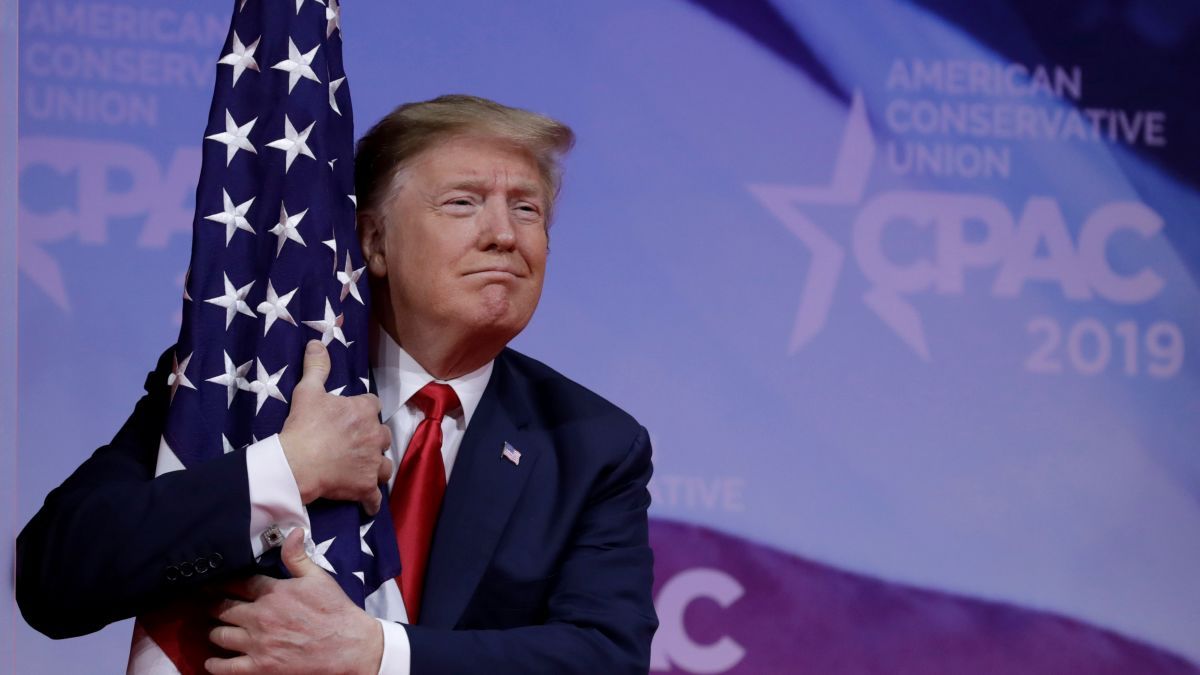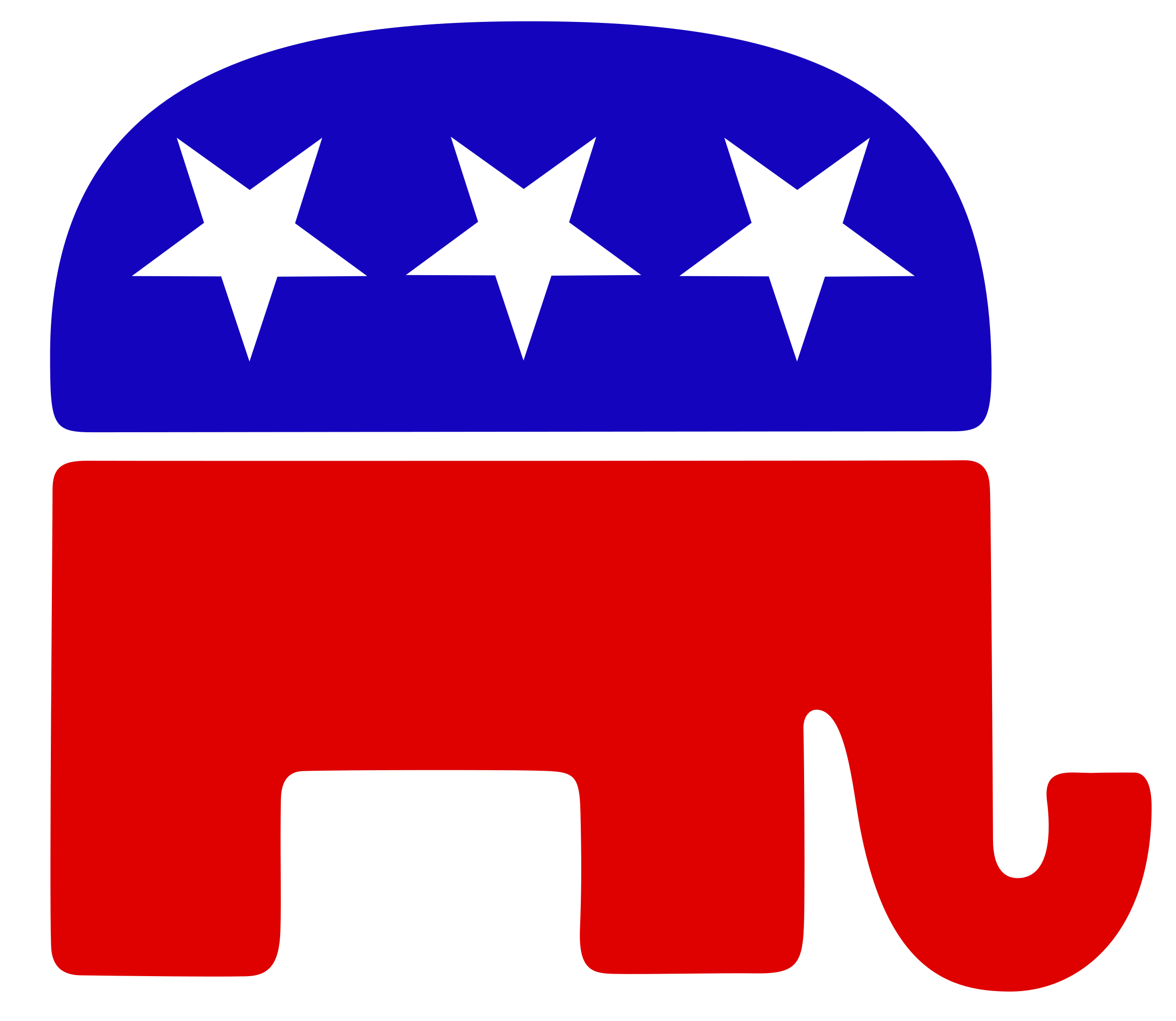By Evelyn Quartz
It was the height of Donald Trump’s first term and the most profound scene I’d go on to witness as a congressional staffer: little kids, some with oxygen tanks strapped to tiny wheelchairs, their determined and steadfast parents navigating the halls of the Congressional office building. They go by the nickname “The Little Lobbyists.” These parents had been through hell and back. They loaded their children’s medicine into planes and cars to come to Washington, D.C., because it meant that much. People with disabilities, the healthy, the sick, the young, and the old all descended on the Capitol that summer. These were some of the most vulnerable Americans, showing the highest levels of patriotism. They saved access to healthcare for tens of millions of people.
I remember the halls being unusually crowded those days. Dozens sat on the floor outside their representative’s office chanting, “Kill the bill, don’t kill me.” I heard it from my desk in an office down the hall, even with our front door shut. Eventually, Capitol Police would come around the corner with plastic zip ties.
The American healthcare system is far from healthy. We spend the most, yet our people are sicker and live shorter lives. Twenty-six million Americans have no health insurance at all. Unlike our global counterparts, healthcare in America is a business—profits catapult a few, but debt sinks most. The Affordable Care Act made a difference in people’s lives. Not since the 1965 creation of Medicare and Medicaid has an effort to expand healthcare access been so successful. Because of the law, 20 million Americans gained coverage; insurance companies could no longer deny those with pre-existing conditions, and federal funding was provided for states to expand access to Medicaid. The law cut the number of uninsured Americans—a staggering 49 million—in half. It was a lifesaving fix for millions of people who had been left to suffer in a system that failed to recognize their humanity.
The law’s provisions were popular with the public—Democrats and Republicans alike. However, its name was associated with America’s first Black president, and that was all the fuel Trump and congressional Republicans needed to achieve their real goal: slashing regulations and government assistance. The Republican backlash to the ACA, in many ways, set the stage for Trumpism. To understand it better, we must back up a bit.
When the ACA came to fruition in 2009, so did the Tea Party Movement. The two were not unrelated. Much like the coalition Trump later grew, the Tea Party relied on racist, unfounded claims to tap into the white resentment Republicans had been shamelessly fueling for decades.
Ta-Nehisi Coates, writing for The Atlantic, observed: “Throughout Obama’s first term, Tea Party activists voiced their complaints in racist terms. Activists brandished signs warning that Obama would implement ‘white slavery,’ waved the Confederate flag, depicted Obama as a witch doctor, and issued calls for him to ‘go back to Kenya.’”
Before the ACA was passed, Sarah Palin posted the following on her Facebook page: "The America I know and love is not one in which my parents or my baby with Down Syndrome will have to stand in front of Obama's 'death panel' so his bureaucrats can decide, based on a subjective judgment of their 'level of productivity in society.'" The “death panel” concept took off. In 2010, a staggering 40% of Americans said they believed the ACA included “death panels.” It was a complete lie and illustrated the growing power of online disinformation.
In November of 2010, the popularity of the Tea Party propelled Republicans to the largest seat gain by any party in the House of Representatives since the Great Depression. Staunch believer Rep. Michele Bachmann of Minnesota founded the House Tea Party Caucus, which reached 60 members at its peak during the 2011-2013 session. Later, it morphed into the House Freedom Caucus, and now it serves as the basis of congressional Republicans' deference to Trump—the entire GOP caucus. Between the ACA’s passage in 2010 and 2016, congressional Republicans made over 70 attempts to repeal the healthcare law, but they never had the support of the White House.
Trump had made attacking the ACA a centerpiece of his 2016 campaign, tapping into the spirit of his earlier contribution to the Tea Party movement—the racist questioning of Obama’s citizenship. Trump’s election that year brought him control of the House and Senate, setting the stage for Republicans’ most aggressive attempt yet to strip Americans of their health insurance.
In March 2017, Republicans in the House introduced their “replacement” proposal, The American Health Care Act (AHCA). The nonpartisan Congressional Budget Office estimated it would increase the number of uninsured Americans by 24 million. The bill took particular aim at the federal subsidies that had made Medicaid expansion possible in the states.
In early May, the bill passed the House, and Republicans went to Trump’s White House to celebrate. However, it was a different story in the Senate. They tried three times with three different bills. Their final attempt was rejected in dramatic 11th-hour fashion by Republican Senator John McCain, who gave a simple thumbs-down. Two other Republican Senators, Lisa Murkowski of Alaska and Susan Collins of Maine, joined him in voting no.
The Senators cast the vote, but the people made the decision. Before the vote, ADAPT, a national disability rights organization, held a “die-in” at Senate Majority Leader Mitch McConnell’s office. Many of the protesters were in wheelchairs and chanting, “Save our liberty.” Images and videos of the protest and police action went viral. Protesters also filled the Senate gallery, chanting “shame, shame, shame,” as Republican senators voted to proceed with repeal efforts. America’s most powerful liberal activist groups joined forces to organize protests in DC and across the country. Medical students staged a “die-in” outside the Manhattan Fox News building. The Little Lobbyists and their parents made visit after visit to plead with lawmakers. In the end, their efforts worked. It was a powerful display of ordinary citizens claiming their rightful place at the Capitol.
The central focus of the second Trump administration is to dismantle American institutions to Trump’s benefit. He has used congressional Republicans as pawns in this conquest. These lawmakers helped elect Trump, but Trump doesn’t want to govern as a democratic leader. The White House says to freeze all federal funds, and they comply. Congressional Republicans can either stand up or watch as their role in governing is reduced to nothing but symbolic puppetry for Trump.
To be clear, we shouldn’t pin our hopes on one or two Republicans standing up to Trump. They haven’t earned that kind of generosity. The responsibility falls on us—the American public. Congress runs through us. It’s possible to be so persistent, so organized, and so relentless that they cannot look away.
The ACA fight proved that Americans want progress. They took an imperfect system and fought for it because the alternative was too horrible. It only worked because ordinary Americans refused to let it be taken away.
Right now, our democracy is being stripped bare. While its ideals of equal justice, opportunity, and liberty for all have always been a work in progress, they are worth fighting for. The alternative is too dark and unrecognizable.













